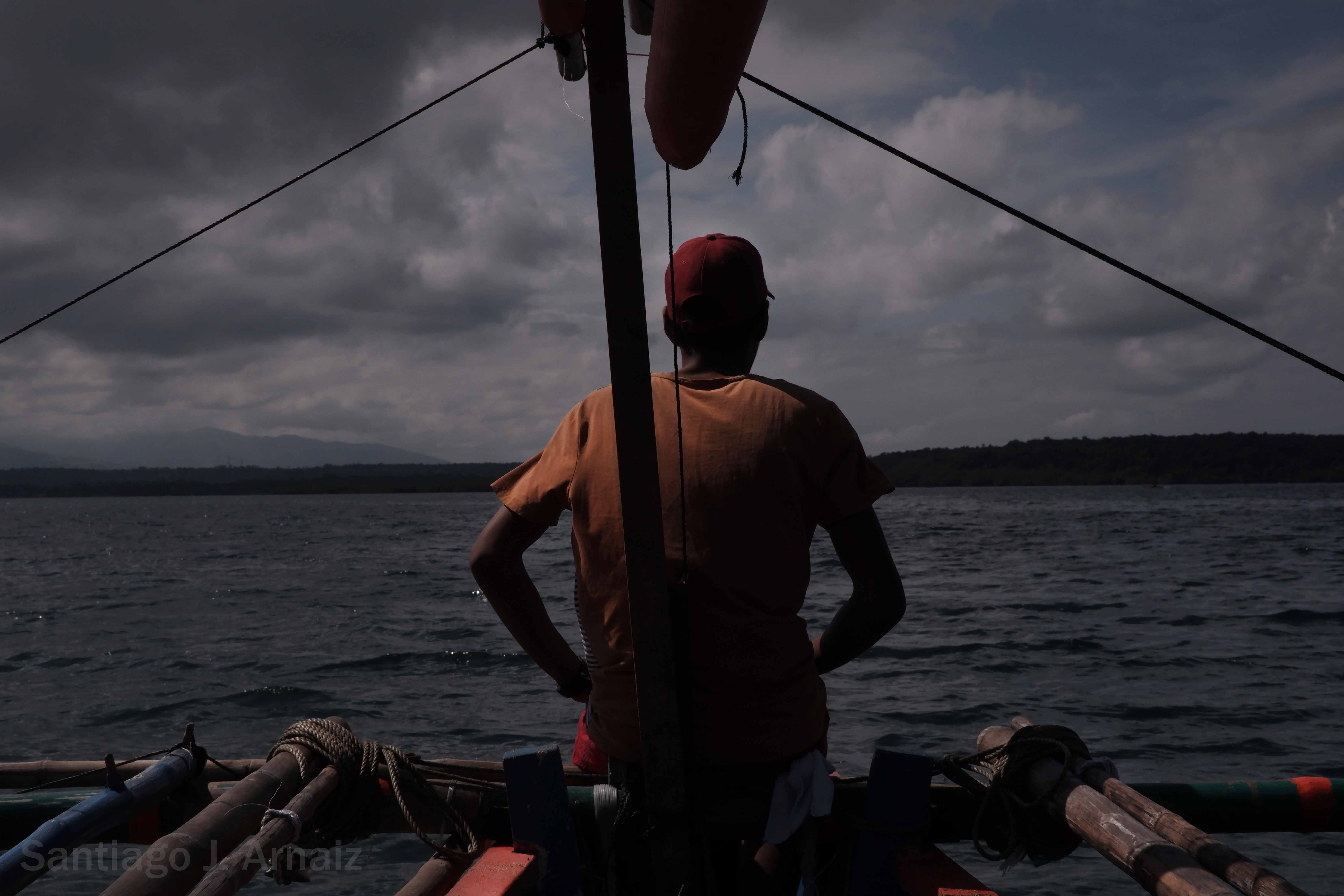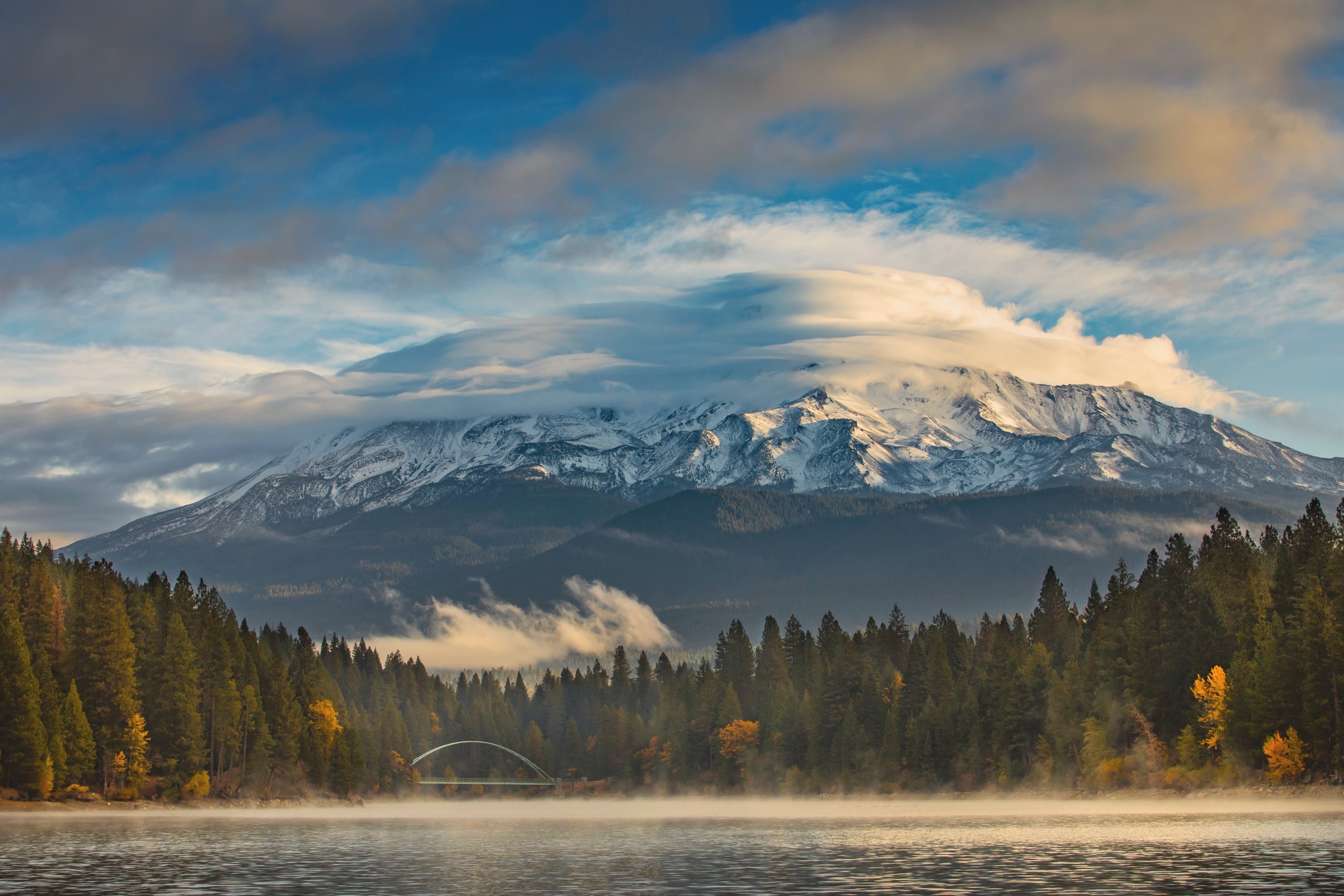
Watch: Red Skies over Masinloc
It’s 6:30 on a Sunday morning and Rony Drio, 51, is on his way out into the water. He tosses …

It’s 6:30 on a Sunday morning and Rony Drio, 51, is on his way out into the water. He tosses …
Read More
China launched the core of its space station in April, and sent three astronauts up in June. But although the space station probably won’t be complete until late 2022, there is already a long queue of experiments from across the world waiting to go up. Scientists in China told Nature that the China Manned Space Agency (CMSA) has tentatively approved more than 1,000 experiments, several of which have already been launched.
Before April, the International Space Station (ISS) was the only space laboratory in orbit, and many researchers say Tiangong (or ‘heavenly palace’) is a welcome addition for astronomical and Earth observation, and for studying how microgravity and cosmic radiation affect phenomena such as bacterial growth and fluid mixing.
However, others argue that crewed space stations are costly, and serve more of a political than a scientific purpose.
“Increased scientific access to space is of scientific benefit globally, no matter who builds and operates platforms,” says Julie Robinson, chief scientist for human exploration and operations at NASA Headquarters in Washington DC.
“We need more space stations, because one space station is definitely not enough,” adds Agnieszka Pollo, an astrophysicist at the National Centre for Nuclear Research in Warsaw who is part of a team sending an experiment to study γ-ray bursts.
Open to the world
The ISS was launched in 1998, as a partnership between space agencies from the United States, Russia, Europe, Japan and Canada (see ‘Variations on a theme’). It has housed more than 3,000 experiments since then, but China is barred from it because of US rules that prohibit NASA from using funds for collaboration with China.
Although most experiments slated for Tiangong will involve Chinese researchers, China says that its space station will be open to collaboration from all countries, including the United States.
In June 2019, the CMSA and the United Nations Office for Outer Space Affairs (UNOOSA), which promotes collaboration in space, selected nine experiments—in addition to the 1,000 that China has tentatively approved—to go up once the space station is complete. Simonetta Di Pippo, director of UNOOSA in Vienna, says these involve 23 institutions in 17 nations.
China previously launched two small space labs—Tiangong-1 and Tiangong-2. These hosted more than 100 experiments, circling Earth for a number of years, but are no longer in orbit.
The space station offers brand new facilities, and China is encouraging experiments not attempted in space before, says Tricia Larose, a medical researcher at the University of Oslo, who is leading a project planned for 2026. “They’re saying, yes, build your hardware, make it brand new, do something that has never been done before, and send it up to us.”
Even though most projects approved so far are led by Chinese researchers, many have international collaborators, says Zhang Shuang-Nan, an astrophysicist at the Chinese Academy of Sciences (CAS) Institute of High Energy Physics in Beijing, who advises the CMSA.
Listen now!
Subhead copy
Biologists have long held that a fetus needs a living uterus to develop. maybe not anymore
More Projects